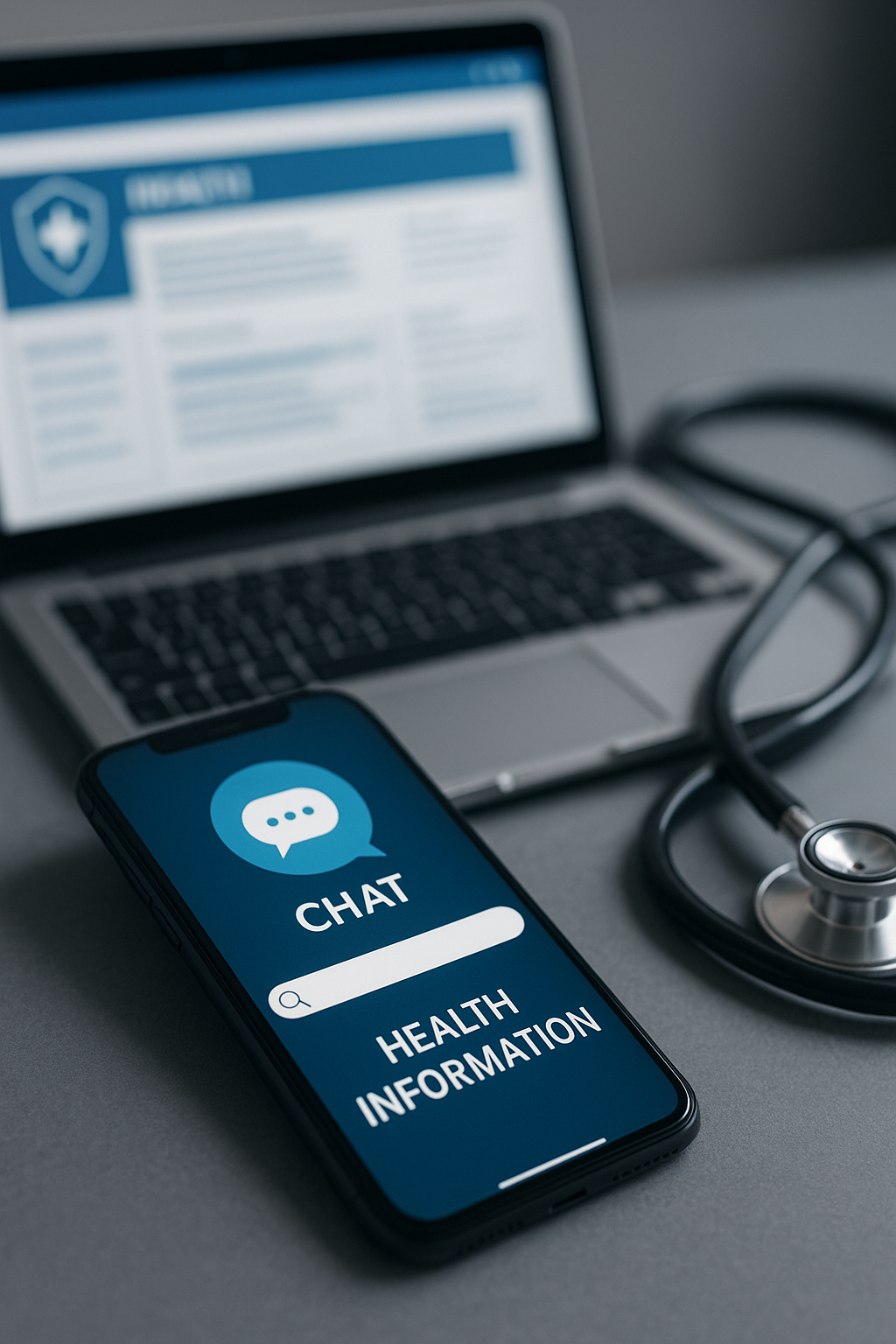AI chatbot pioneers new era in personalized digital health communication
The chatbot’s efficiency lies in its ability to learn from user interactions and continuously refine its knowledge base. Unlike conventional medical information systems that rely on static databases, this AI-driven tool adapts to new linguistic patterns and medical terminology, ensuring its relevance over time. The federated design also allows integration into different healthcare systems without compromising user privacy or data security.

Researchers have developed an intelligent chatbot capable of accurately managing and classifying online medical information requests with near-perfect precision, bridging the gap between digital health technology and patient trust.
Their study, published in Engineering Proceedings and titled "Connected Health Revolution: Deployment of an Intelligent Chatbot for Efficient Management of Online Medical Information Requests," demonstrates how artificial intelligence (AI) can transform the way users access, interpret, and act upon medical information.
The authors introduce an advanced machine learning and natural language processing (NLP) framework that enables the chatbot to process thousands of health-related queries efficiently and provide users with accurate, personalized responses across multiple disease categories. This innovation directly addresses one of the most pressing challenges in connected healthcare, how to manage the growing volume of online medical queries while ensuring reliability and safety in the information provided.
Revolutionizing digital healthcare with AI-powered language understanding
The study presents a fully developed AI model designed to improve the accuracy and responsiveness of medical chatbots used in digital health ecosystems. By training the chatbot on a dataset of 6,663 real-world medical dialogue records, the researchers created a model capable of recognizing and classifying user inquiries into 25 distinct disease categories, ranging from cardiovascular disorders and respiratory infections to mental health and metabolic conditions.
The model features a hybrid ensemble architecture that combines several powerful algorithms, including Support Vector Machines (SVM), Random Forest (RF), Decision Tree, Multinomial Naïve Bayes, and a Bagging Classifier. These models work collaboratively through weighted averaging and majority voting, which allows the system to evaluate input data from multiple perspectives before generating an output. This architecture ensures a higher level of confidence and stability in prediction, an essential factor in medical applications where accuracy can influence user decisions.
The chatbot's ability to interpret user input stems from a multi-layered NLP pipeline involving data cleaning, tokenization, lemmatization, and TF-IDF vectorization. This process converts raw text into structured numerical representations that machine learning models can analyze. By doing so, the system effectively "understands" human language and contextual nuances, making it more adept at processing unstructured health information than rule-based chatbots currently used in telemedicine and online health platforms.
Performance evaluations show that the Bagging Classifier achieved 99.47% accuracy, outperforming other models such as SVM (95.7%) and Random Forest (97.5%). Precision, recall, and F1-scores across leading algorithms exceeded 0.99, confirming the chatbot's exceptional consistency in identifying and classifying diverse health-related questions.
Addressing the global challenge of information overload in digital health
Search engines and social platforms often provide results lacking medical verification, increasing the risk of misinterpretation and self-diagnosis errors. The study by Berrajaa and his team offers a robust AI-based solution to this problem by automating the classification of medical queries through an intelligent conversational agent.
The chatbot's efficiency lies in its ability to learn from user interactions and continuously refine its knowledge base. Unlike conventional medical information systems that rely on static databases, this AI-driven tool adapts to new linguistic patterns and medical terminology, ensuring its relevance over time. The federated design also allows integration into different healthcare systems without compromising user privacy or data security.
In practice, the chatbot can function as an automated first point of contact for online health platforms, triaging medical inquiries before directing users to professional resources. This helps reduce the burden on healthcare staff, streamline teleconsultation services, and enhance public health accessibility, particularly in regions where medical personnel are scarce.
The broader societal benefits of intelligent chatbots in healthcare, noting that they can democratize access to medical knowledge and support preventive healthcare initiatives. By providing timely, reliable, and context-aware responses, such systems can encourage users to adopt healthier behaviors and seek medical attention earlier in the disease cycle.
However, the study also acknowledges important challenges. AI-driven medical systems must navigate ethical, legal, and technical concerns, including algorithmic bias, data privacy, and user trust. The researchers call for stringent validation procedures, regular auditing, and transparency standards to ensure responsible deployment.
Toward the next generation of connected health ecosystems
The intelligent framework proposed by Berrajaa, Berrajaa, and Rouky represents a scalable foundation for future digital health ecosystems that rely on AI-powered communication. The model's adaptability allows it to be integrated into telemedicine platforms, electronic health record systems, and public health monitoring tools to support personalized medical services at scale.
The study outlines potential future developments, including the use of deep learning architectures such as transformer-based models and multilingual adaptation for global deployment. Integrating real-time dialogue management and contextual understanding could further enhance the chatbot's ability to handle complex medical scenarios, offering personalized follow-up recommendations and decision support for healthcare professionals.
From an operational perspective, the chatbot's modular design supports deployment in both cloud-based and on-premise healthcare infrastructures, making it accessible for hospitals, clinics, and government health agencies. It can also be expanded into voice-enabled virtual assistants for elderly care or chronic disease management, where continuous monitoring and quick information retrieval are critical.
The authors envision that as connected health systems evolve, intelligent chatbots will play a central role in creating patient-centric, data-driven healthcare environments. By merging human expertise with AI-powered analytics, these systems can bridge communication gaps between patients and professionals, improve health literacy, and strengthen early intervention capabilities.
- FIRST PUBLISHED IN:
- Devdiscourse









